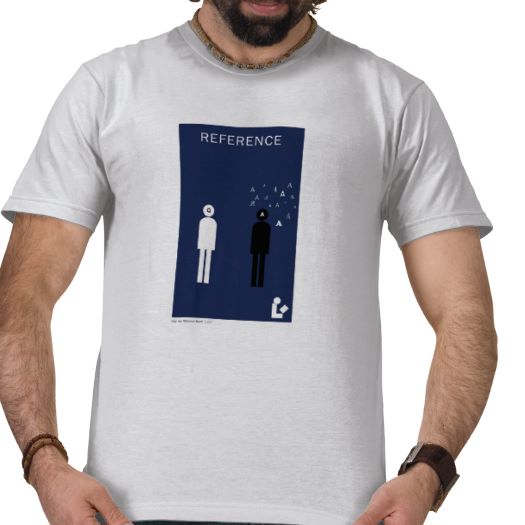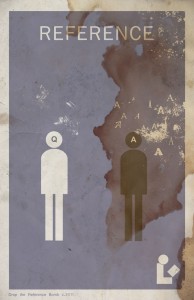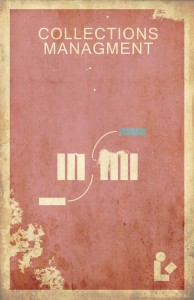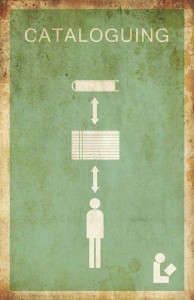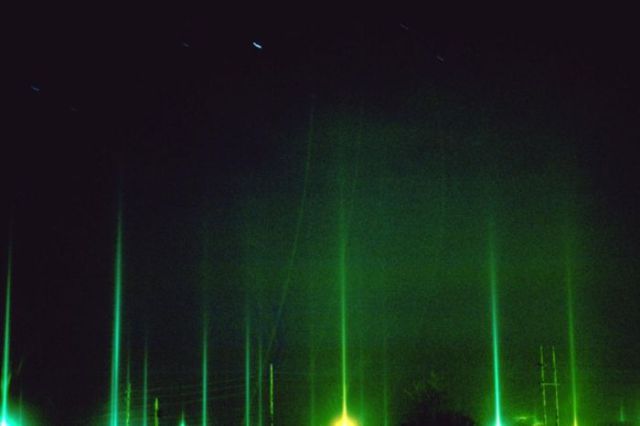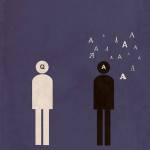 An interesting post from Aaron Schmidt at Walking Paper on the merits of simplified library web sites.
An interesting post from Aaron Schmidt at Walking Paper on the merits of simplified library web sites.
Antoine de Saint-Exupery, a daring pilot and talented author, also weighed in on user experience:
“In anything at all, perfection is finally attained not when there is no longer anything to add, but when there is no longer anything to take away.”
In some ways, libraries have been taking the opposite approach. We’ve gotten in the habit of tacking on new services and taking on new responsibilities, and many library websites can be seen as piecemeal collections of patron engagement tactics…
There are two ways to increase the amount of attention the bits of a website receive: either by increasing staffing and funding, or reducing the number of bits. An extreme example: imagine if your web team was only responsible for the page consisting of your library’s contact information, location, and one book recommendation per week. They’d be able to spend plenty of time on this page, testing, experimenting, and revising regularly. It would be a great page.
For years, I’ve heard talk about libraries cutting the cord on irrelevant services. Yet I haven’t heard as much discussion about which sacred web cows we can put out to pasture. This might in part be owing to the perception that a 200-page website isn’t more expensive to manage than a 50-page one. While probably true in terms of hosting fees, it isn’t otherwise true. Good content takes staff time to produce and arrange, and the navigational overhead can be a time expenditure for users.
I’m not suggesting that libraries shouldn’t try new things or add content to their sites. They should. Still, the library world needs to start a dialog about an additional way to prevent stagnation: subtraction.[read the full post]
People following this blog know my affection for minimalism as a creative conceit. Apart from aesthetics, I really believe there’s merit to simplifying library online experiences (something I’ve argued for in the past).
Schmidt takes aim at the current library web-design ethos of trying to stake as much online territory as possible. But, enthusiasm and ambition can be a downfall. There are many library landing pages with so many content and navigation options that it’s difficult to really find specific things. Read the rest of this entry »


